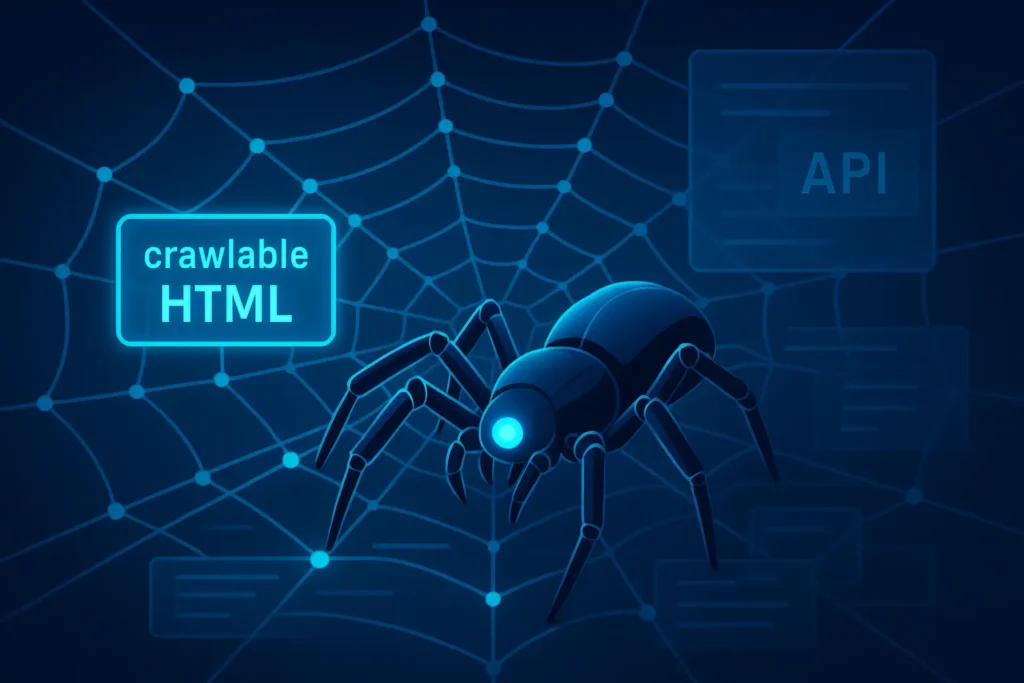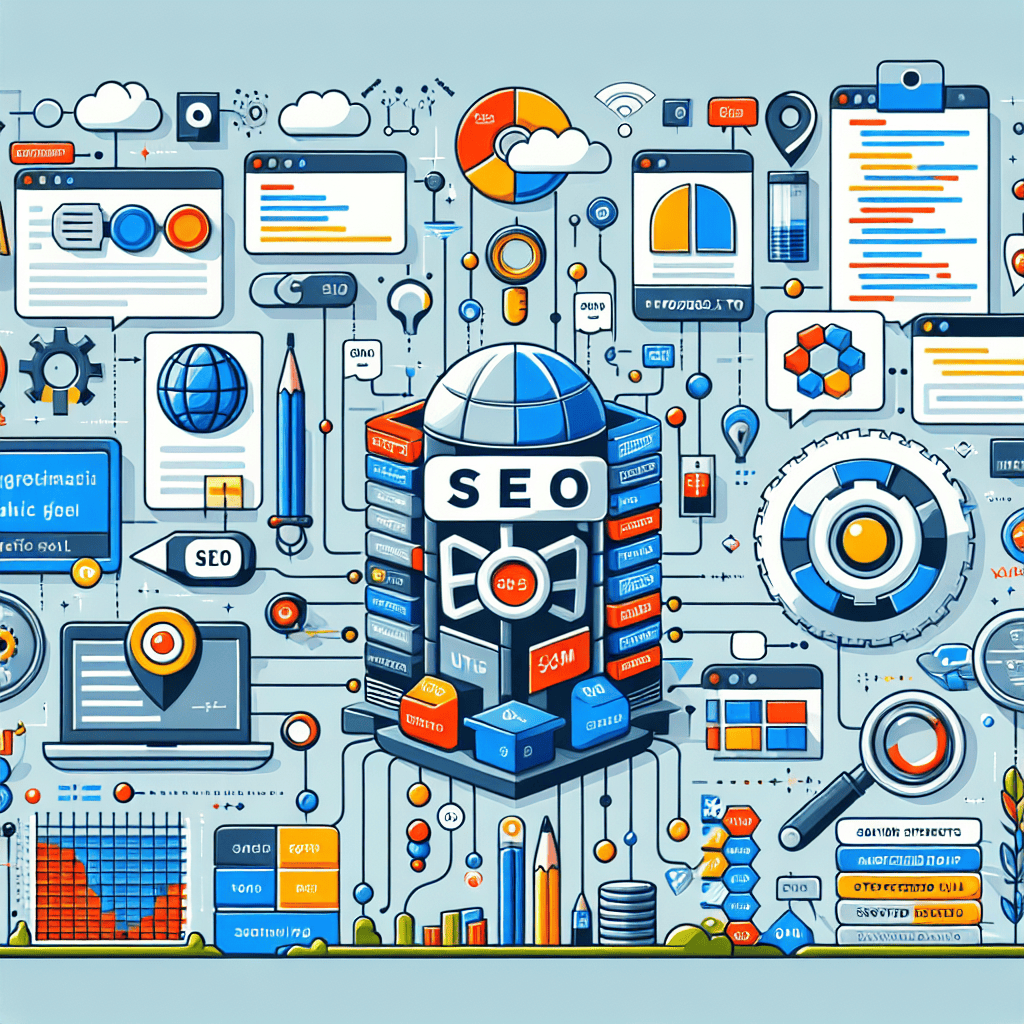Search engines have become smarter, but they’re not flawless. When a website relies heavily on APIs to load dynamic page elements, crawling can become inefficient, leading to gaps in indexing and reduced visibility in search results. Preventing crawl inefficiency requires both technical precision and strategic planning.
Why Crawl Efficiency Matters
Crawl efficiency is the foundation of SEO success. Search engines allocate a limited crawl budget to every website. If bots waste time requesting resources that don’t lead to meaningful content—like endlessly triggered API calls—important pages and data may go unnoticed. This directly impacts indexing, ranking, and overall search visibility.
A well-structured site ensures that search engines can quickly and effectively understand its content. For sites that depend on APIs, this becomes even more critical.
The Challenge with APIs and Dynamic Elements
APIs serve as data pipelines, delivering content like product listings, reviews, or dashboards. While this keeps content fresh and user-friendly, it creates challenges for crawlers:
- Delayed Rendering – Some elements appear only after user interaction, meaning bots may never see them.
- Infinite Scroll & Endless Calls – Crawlers can get stuck in loops triggered by API-driven pagination.
- Hidden Content – Key data may never load in raw HTML, leaving search engines blind to it.
Without intervention, this setup leads to wasted crawl budget and incomplete indexing.
Best Practices to Prevent Crawl Inefficiency
1. Ensure Server-Side Rendering (SSR) or Hybrid Rendering
Dynamic JavaScript and API calls often block crawlers from seeing full page content. By implementing SSR or hybrid rendering, critical content is pre-rendered on the server. This guarantees that bots can access meaningful information right away.
2. Optimize API Call Structure
Not every request should be visible to crawlers. Avoid infinite query loops by:
- Limiting unnecessary API endpoints for bots.
- Using pagination with clear boundaries.
- Setting logical limits on how much content loads per request.
This keeps crawlers from being trapped in endless API responses.
3. Provide Static HTML Snapshots for Critical Content
For frequently changing data (like product prices or stock levels), snapshots offer a way to serve lightweight, crawlable HTML versions alongside the dynamic version. Search engines benefit from a stable structure, while users still enjoy real-time updates.
4. Use Structured Data to Support Indexing
Structured data acts as a guidepost. Even if some dynamic elements are missed, schema markup helps search engines interpret key entities such as products, events, or reviews. It’s a reliable backup strategy in dynamic environments.
5. Maintain a Robust XML Sitemap
APIs may dynamically generate elements that crawlers overlook. By maintaining an up-to-date XML sitemap, you give bots a direct path to discover URLs without depending solely on rendered content.
6. Monitor Crawl Activity Regularly
Crawl inefficiency isn’t always obvious until rankings slip. Use log file analysis to see how bots interact with your site. Are they hitting API endpoints too often? Are they missing key pages? Monitoring ensures quick fixes before inefficiencies snowball into bigger issues.
Balancing User Experience and Crawlability
The ultimate goal isn’t to choose between UX and SEO—it’s to achieve both. APIs deliver seamless, real-time functionality for users. But if crawlers can’t interpret it, that experience is invisible in search results. By blending rendering strategies, structured data, and smart technical SEO practices, you can prevent crawl inefficiency while still offering a dynamic, engaging website.
For professional support with technical SEO challenges like crawl efficiency in API-driven sites, you can always reach out to SEO Sets for expert guidance.
Frequently Asked Questions
1. Can search engines crawl JavaScript-based APIs effectively?
Search engines can crawl JavaScript to some extent, but it’s inconsistent. Server-side rendering or pre-rendering is more reliable for critical content.
2. Do infinite scroll pages hurt crawl efficiency?
Yes. Infinite scroll can trap bots in endless loops, wasting crawl budget. Implement finite pagination or load-more buttons with crawlable links.
3. Is structured data enough to fix API-related crawl issues?
Structured data helps search engines interpret content but should be used alongside rendering strategies. It’s not a substitute for crawlable HTML.
4. How do I know if my site has crawl inefficiency?
Check server logs and crawl reports. If bots spend excessive time on API endpoints or skip key pages, inefficiency is present.
5. Should I block API endpoints from crawlers?
In many cases, yes. Blocking non-essential API endpoints prevents bots from wasting budget. Only expose what’s truly valuable for indexing.


